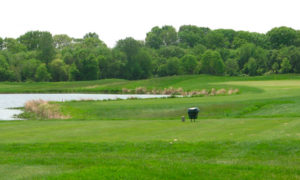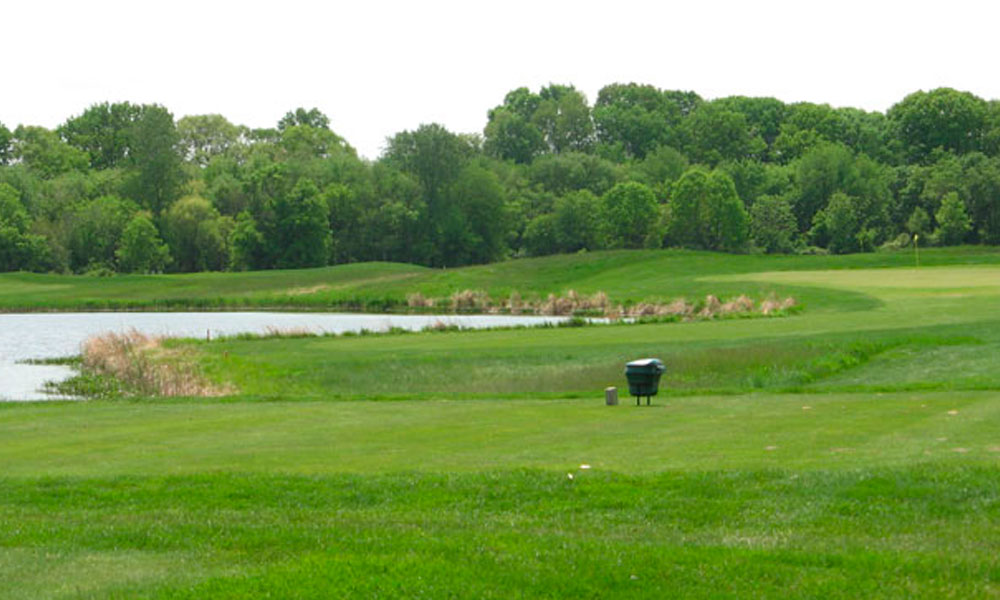What is the best approach to designing championship golf layouts on land earmarked for cultivating endangered plant and wildlife habitats, and creating sustainable irrigation and storm water run-off systems to support recreation and habitat? Mark Mungeam, ASGCA, (Mungeam Cornish Golf Design) met the challenge head on.

Charleston Springs Golf Complex
Monmouth County, New Jersey
The Situation
The Monmouth County, New Jersey, Park System in the 1990s implemented a regional Open Space Plan, with the goal of incorporating ecological considerations into the development and management of recreational facilities. The system earmarked part of the 600 acres of the land for two golf courses and practice facilities. Much of the site for the golf courses was barren, and the development plan called for wildlife habitat, irrigation solutions and storm water management.
The Approach
The golf course architect scouted the land for a site with surface water, agricultural soils and minimal forest cover. These features made the land inherently conducive to golf design, and therefore more economical to develop. The golf course was also positioned to sit between sensitive habitat and other recreational amenities. The budget for water—and the ecological requirements of the facility—pushed the architect to find ways to collect, retain and filter water for irrigation use, so the design process took this into account as well.
The Solutions
The team designed course grading, drainage and new pond configurations to collect and filter a large percentage of the course runoff. Intensive play areas flow into a series of created wetlands and water quality basins that treat the water prior to it being re-used for course irrigation. Irrigation swales were designed to handle runoff and allow percolation to recharge the groundwater. The architect selected drought-tolerant grass species and an efficient irrigation system to reduce water dependence.
Energy conservation–one of the highest-cost aspects of the application of water—was achieved through use of a number of technological advances in geothermal heating and cooling. Water was conserved and protected through the use of low-maintenance grasses and a highly-efficient irrigation and fertigation system that minimizes the use of higher quality groundwater, reduces fertilization needs and minimizes runoff and leaching of potential pollutants.
The Takeaways
By embracing sustainability and ecological restoration strategies into the course design and operation, a process is initiated that will allow for the establishment of a variety of ecological functions in wetlands. Degraded land can be brought back to support wildlife, host recreational facilities and support water use and conservation in a number of ways. The way land is graded and treated can allow water to be detained, retained and filtered for groundwater recharging and use in irrigation systems, resulting in sustainable land for recreation and wildlife support.























